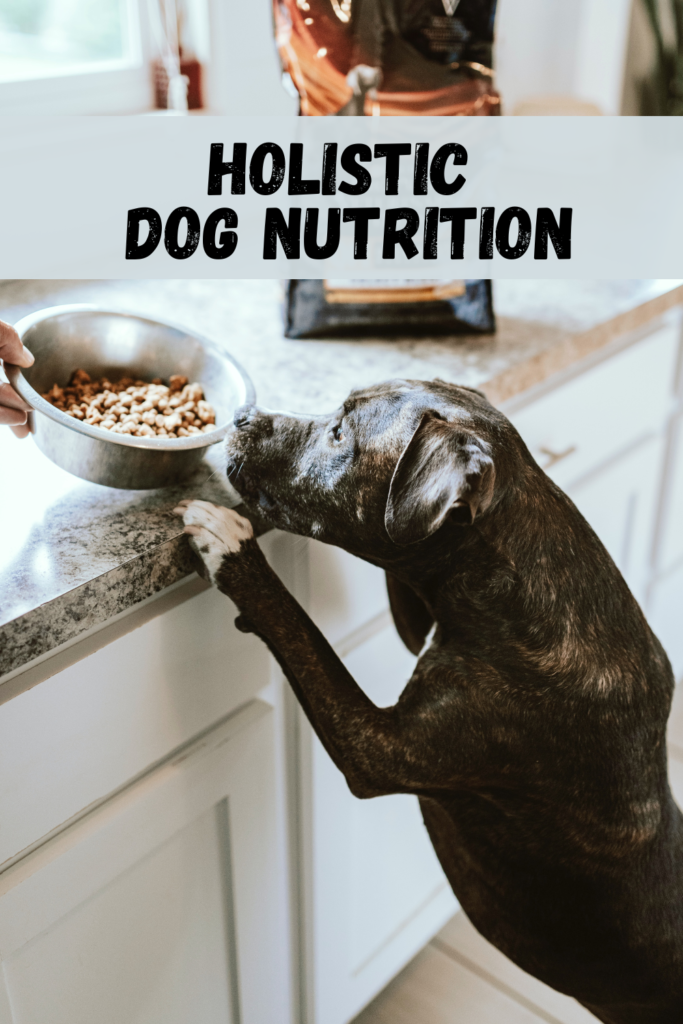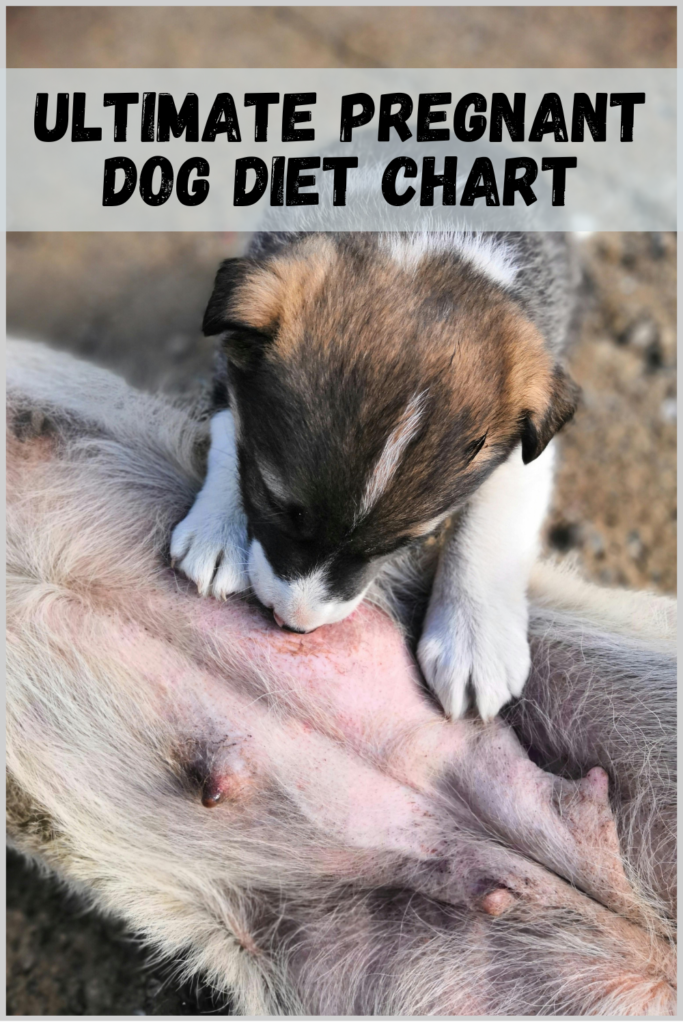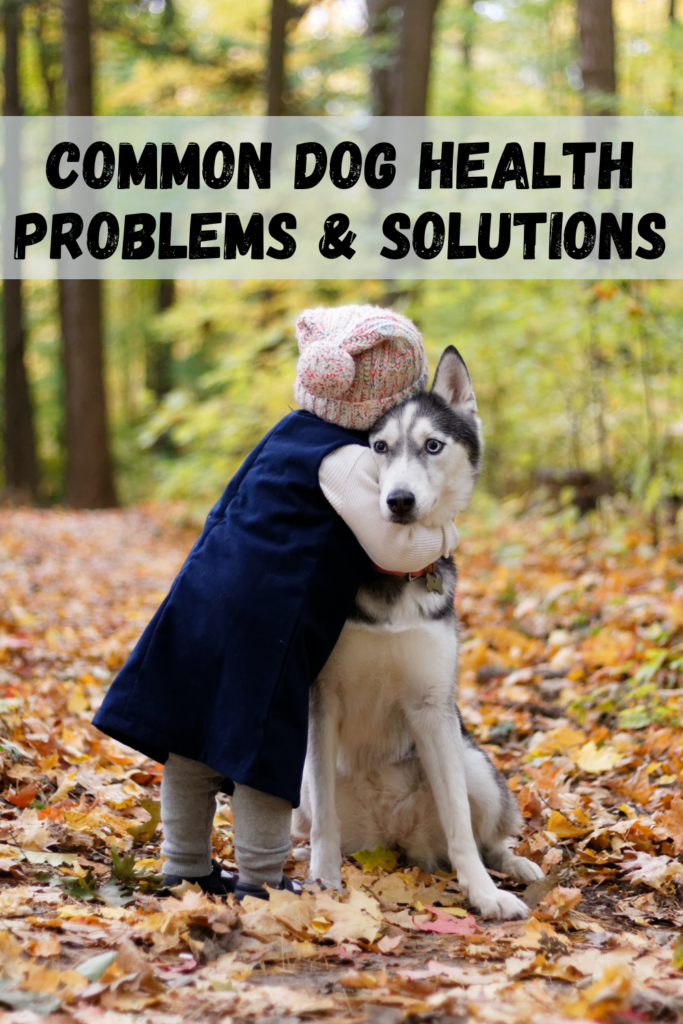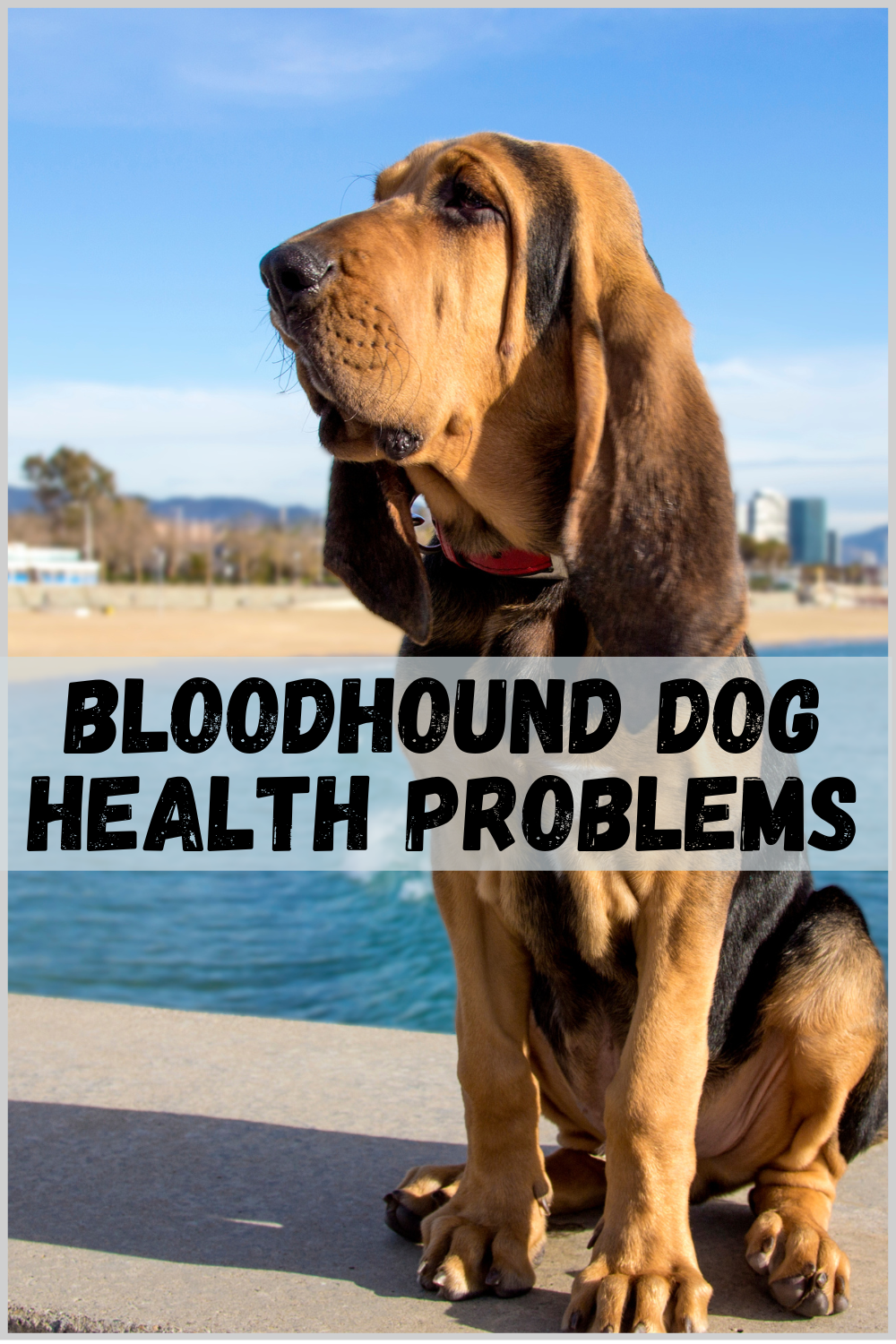
9 Common Bloodhound Dog Health Problems to Look Out For!
Do you have a bloodhound worried about their health? Or are you considering getting a bloodhound? Knowing the top common bloodhound dog health problems is extremely helpful and useful!
The bloodhound breed is so beautifully unique from their large size, skin “wrinkles”, to their history. They were originally bred to hunt deer and large game by scent. They have amazing sniffers and were often used as scenthounds in Belgium.
However, certain unique health issues might also arise. Due to their size and stature, joint issues and bloat can arise. Due to their skin folds, they might be prone to more skin infections.
Although these issues are more common, it does not mean your dog will have all of the issues. This article will help you learn the symptoms and signs to be prepared in case something does arise. It’s always great to look out for specific breed health issues, and to be the most informed dog owner! <3
Today, we’ll discuss 9 common bloodhound dog health problems and symptoms to look out for!
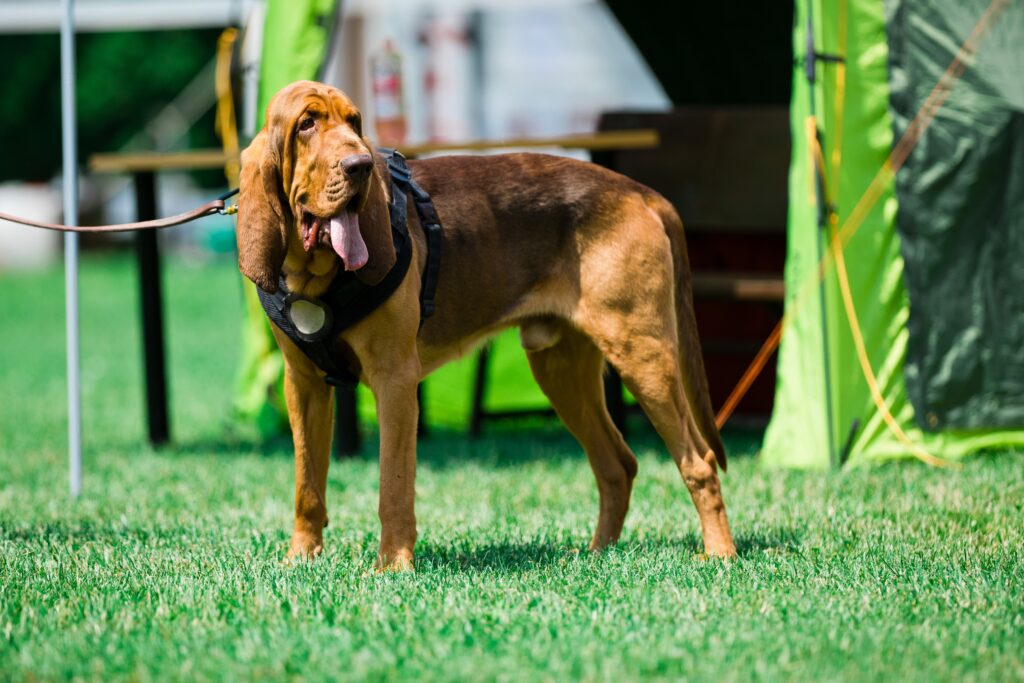
#1: Ear Infections
Dogs with “droopy” ears, like Bloodhounds, poodles, and beagles, are more prone to ear infections. Bacteria gets easily trapped and can cause issues if untreated.
Some symptoms include excessive shaking of their head, excessive scratching of the ears, redness and swelling in the ear, as well as a bad odor. If you notice any symptoms, start using an ear-cleaning solution, like Zymox Otic Enzymatic Solution from Amazon, daily. Make sure to follow the instructions of the solution, and clean any excess solution off with a cotton swab. If their symptoms do not improve within 48 hours, take them to the vet to have their ears inspected. They might need a deep clean or have any foreign objects removed.
To prevent this, routine ear cleanings are important. This can help to prevent bacteria buildup. However, even then, ear infections are just more common with droopy ears!
#2: Eye Problems
There are a few common eye problems among the Bloodhound dog breed.
One common one is entropion, a condition where the eyelids roll inward. It becomes a problem when the eyelashes start rubbing against the dog’s cornea. If your dog is squinting, holding their eye shut, or tearing up excessively, these may be signs. You will need to see a vet for surgical intervention. Fortunately, it is an easy fix by removing the skin rolling inward.
Another common eye problem is dry eye. Much like the name implies, their eyes do not produce any tears, which are needed to lubricate the cornea. In turn, the cornea and surrounding areas become inflamed. You will see a noticeable yellow mucous discharge, as well as red and irritated eyes. If they blink or squint often, these might be common signs. Take your dog to the vet, and they will prescribe medication that stimulates the tear product or replaces the tear production entirely. If there are any issues with getting eye drops into your dog’s eye, surgical intervention may be needed.
Lastly, a common eye problem among all older dogs is cataracts. Cataracts are, the majority of the time inherited. You will notice your dog’s eyes become more opaque, which will eventually lead to vision loss. Unfortunately, Bloodhounds are not immune. However, cataracts can be removed and surgical intervention can help with the pain and vision loss.
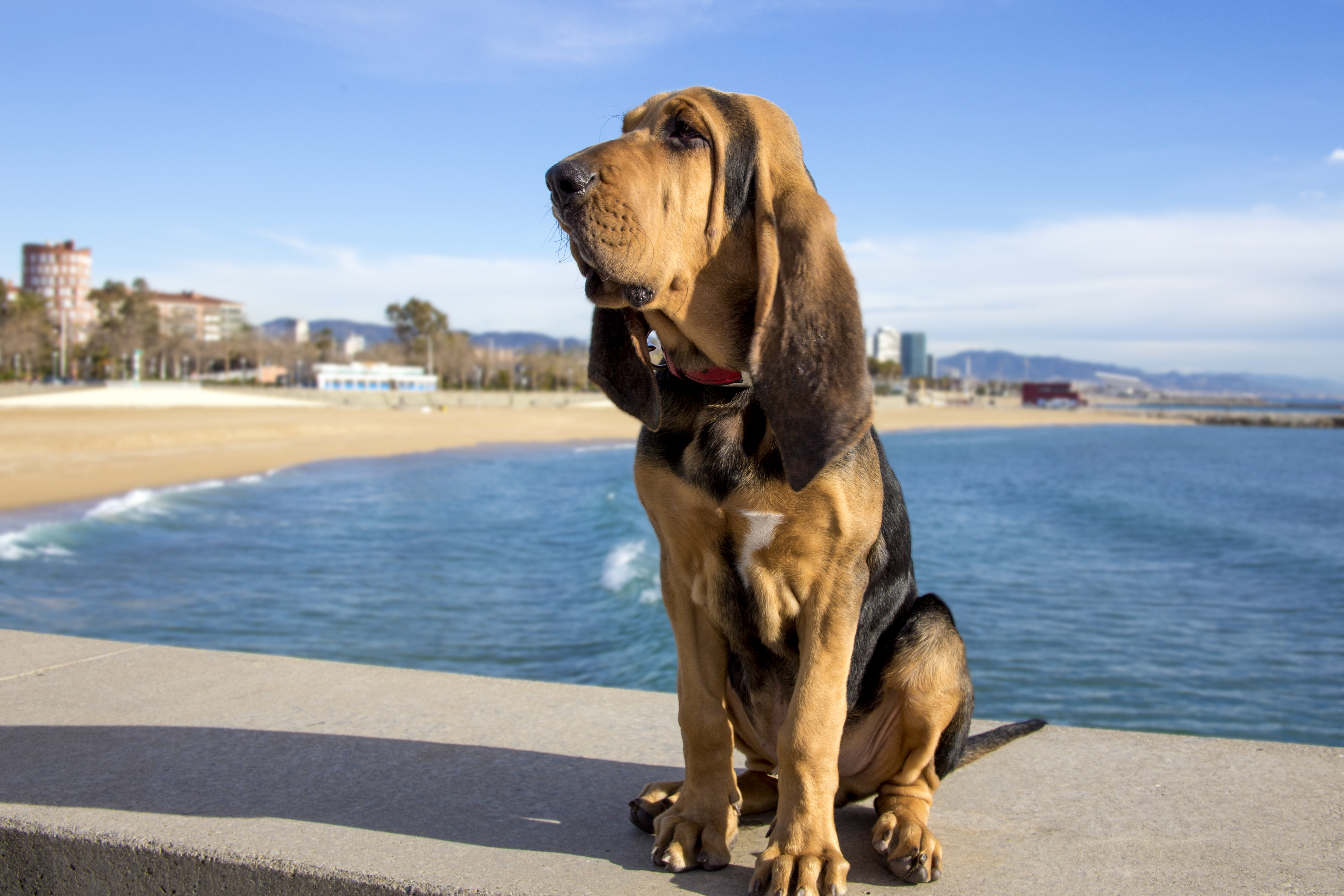
#3: Thyroid Issues
Hypothyroidism has been another common health issue among Bloodhounds. This is where their thyroid gland does not produce enough hormones (hypo = less than normal). Symptoms include obesity, lethargy, skin conditions, hair loss, and many other issues. As the thyroid does many functions and hormones are necessary for the proper functioning of their entire body, symptoms can be sporadic. If you notice subtle weight gain or any mood changes, you should always go see your vet to diagnose what the issue might be.
#4: Hip and Elbow Dysplasia
Hip and/or Elbow Dysplasia is an inherited disease that causes their joints to develop improperly. This may lead to issues when walking or doing daily tasks because their joints are not properly in their joint sockets. This can manifest into mobility issues as they get older. Symptoms will include difficulty getting up or stiffness when walking or doing daily tasks.
This can be treated with surgery to correct the issue entirely, or to treat the symptoms of arthritis. This can be done with pain medication and joint supplements that include Glutamine and Chonroiditin. This is our favorite joint supplement right now: Myos Muscle & Joint Supplement Powder.
Learn more about the importance of joint supplements for large dogs here!
#5: Knee pain
Another common bone and joint problem common to Bloodhounds is patella luxation. This is a problem where the knee cap becomes displaced. Some signs of this might be limping when walking and kicking their leg out, to try and get their kneecap back in place.
There are different severities to this issue. If it happens on a rare occasion, there does not need to be any medical intervention. If it happens often or is affecting their ability to walk, bring them to their vet, as surgery might be the best option for them.
#6: Heart Disease
Heart disease is also another common health problem in Bloodhounds. There are many different types and causes of heart disease. Knowing the symptoms and going to your vet is the best way to slow down the progression and determine what might be the cause and solution.
If your pup begins to have shortness of breath, lethargy, and increased weakness for prolonged periods, go see your veterinarian. The earlier you notice this, the earlier your dog can be treated and slow to progress.
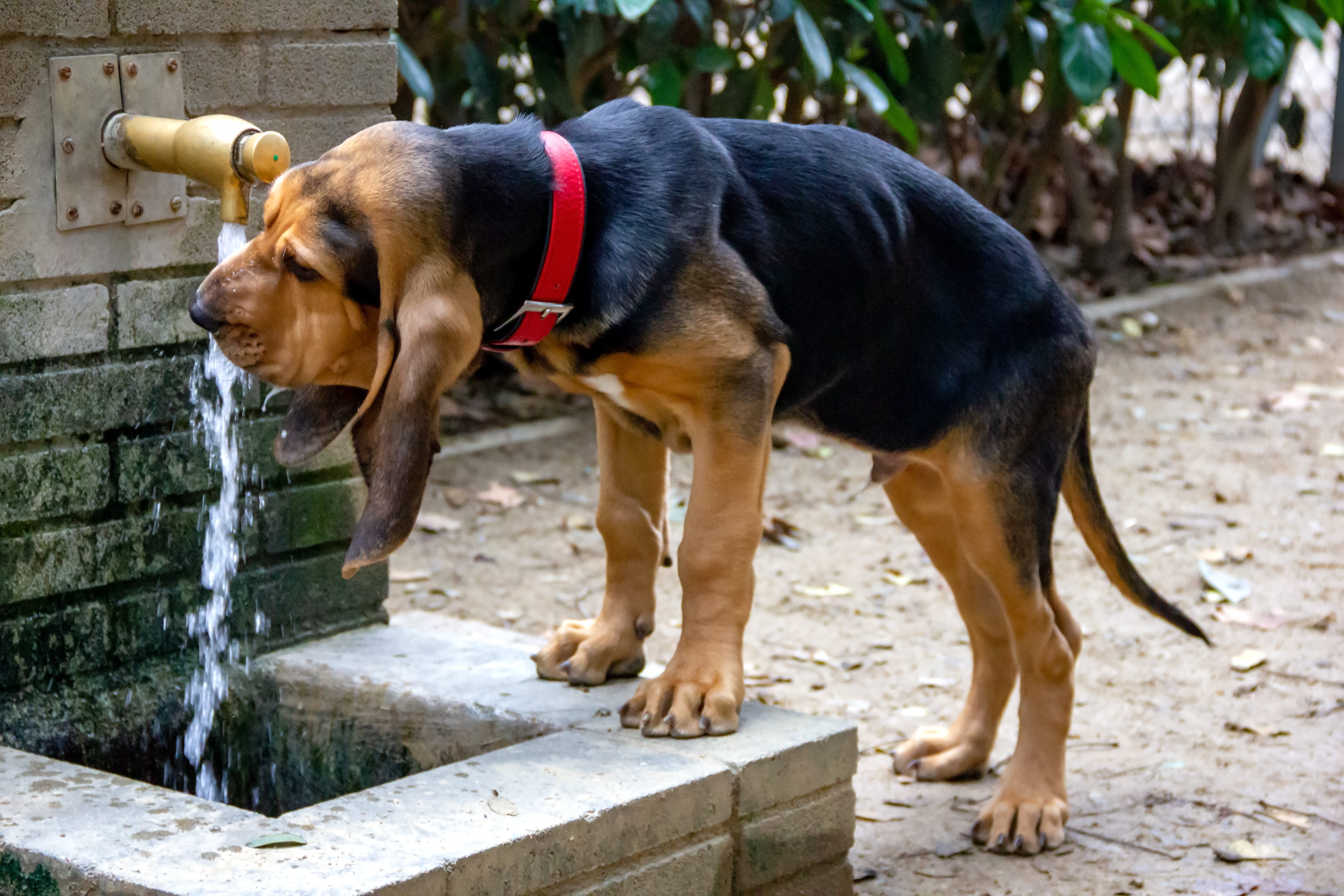
#7: Epilepsy
Epilepsy is another health problem common to Bloodhounds. Epilepsy is a neurological disorder that can have both a genetic and environmental cause. Dogs with epilepsy often have unprovoked seizures at any time of day.
If you notice your dog not responding to stimuli, dazed, confused, or unsteady, these might all be signs of them before a seizure. Go to the ER or go see your vet right away to get treatment, especially if they have several in a row or notice the seizures last longer than 2 minutes. Be ready with answers to how long the seizures last, any symptoms before and after, and any triggers that might have caused it.
#8: Skin Infections
Due to the unique skin of bloodhounds and having “wrinkly” skin, they are more prone to skin fold dermatitis, which is a skin infection between the skin folds. This can also occur in other dogs with deep folds anywhere on their body. The folds cause abnormal rubbing and retain moisture and bacteria more easily.
Symptoms often manifest as hairless, reddened skin patches that have a bad smell. If you notice these on your dog, begin to clean the affected area with dog-safe topical ointments. If it does not begin to look better within 48 hours, go see your veterinarian to have them professionally washed. They can also prescribe medication to help with the infection and give recommendations on how to prevent this moving forward.
#9: Bloat
Since your bloodhound is a large breed dog with a deep, narrow chest, bloat is a serious health condition to look out for. If not treated quickly, it is life-threatening. Bloat is when the stomach flips on itself and stops the blood flow to their body. Once this happens, you will quickly notice alarming symptoms like retching, salivation, and restlessness and you will often notice their abdomen area enlarged. If you notice any of these symptoms, take them to the ER right away. You must move quickly once you notice any signs.
Bloat usually occurs after eating, so some ways to prevent this is by feeding smaller and more frequent meals. Dogs who are fed one meal a day are more likely to experience bloat versus dogs fed more meals a day. Make sure your pup is also eating at a normal pace, fast eaters also tend to experience this more often than normal. Lastly, give your dog time to digest after each meal, preferably 1-2 hours, depending on the size of the meal. The larger the meal, the more time they will need to digest.

Conclusion
Though Bloodhounds are more likely to experience these 9 common health issues, it does not mean your bloodhound pup will have all of the above. Knowing the symptoms and knowing what might arise is extremely important for your dog’s health and well-being.
Hopefully, now knowing a little bit more about your bloodhound best friend, you can move forward making more health-conscious informed decisions about your dog.
Let us know what you love about Bloodhounds in the comments!

